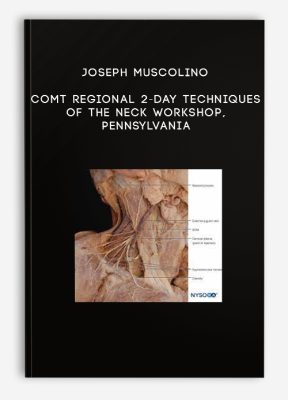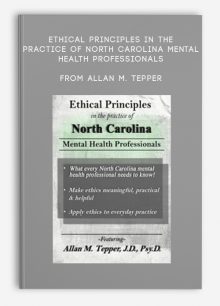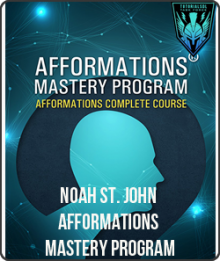Joseph Muscolino – COMT Regional 2-Day Techniques of the Neck Workshop, Pennsylvania
$97.00 $39.00

Joseph Muscolino – COMT Regional 2-Day Techniques of the Neck Workshop, Pennsylvania
Get Joseph Muscolino – COMT Regional 2-Day Techniques of the Neck Workshop, Pennsylvania on Salaedu.net
Description:
[WebRip – 2 MP4]Clinical Orthopedic Manual Therapy (COMT) for the Neck covers the major clinical orthopedic assessment and treatment techniques for the neck. This course is a 2-day hands-on workshop.
Day one begins with orthopedic assessment for the common neuromusculoskeletal conditions of the neck. We then cover body mechanics for deep pressure for working the neck in supine, prone, side-lying, ¾ side-lying, and seated positions. With proper body mechanics, you will learn how the neck can be worked deeply with little effort. We also learn how to palpate and safely and effectively work the scalenes and longus musculature of the anterior neck.
Day two covers stretching and Arthrofascial Stretching (AFS): Soft Tissue Joint Mobilization techniques. We begin with basic stretching for the functional muscle groups of the neck and then learn how to target each specific neck muscle with multiplane stretching. We then cover advanced neural inhibition stretching techniques, including Contract Relax (PNF/PIR), Agonist Contract (the basis for AIS), and Contract Relax Agonist Contract stretching techniques. Day two concludes with Arthrofascial Stretching (AFS): Soft Tissue Joint Mobilization for Manual Therapists (including traction) for the cervical spine. AFS is the only effective means of stretching specific hypomobilities of the neck.
Clinical treatment strategy as well as precautions and contraindications are also covered. These manual therapy skills will empower you to do effective clinical orthopedic work. Throughout this hands-on workshop, Dr. Joe Muscolino reinforces the underlying mechanisms for each of the assessment and treatment techniques, encouraging critical reasoning skills.
Clinical Orthopedic Manual Therapy for the Neck is part of the COMT Regional Approach Certification. The other hands-on workshops in this series cover the thoracic spine / ribcage, low back / pelvis, upper extremity, and lower extremity.
COURSE objectIVES
After attending this workshop, the participant will be able to:Explain and demonstrate the principles of using core body weight and larger muscle groups for efficient body mechanics.
Perform orthopedic assessment tests for the neck to determine the ability to safely perform deep pressure massage, stretching, and Arthrofascial Stretching.
Describe and be able to work the entirely of the scalene group and also access and work the longus colli muscle.
Explain the fundamental concepts of stretching and apply these concepts to the musculature of the neck.
Demonstrate how to stretch each of the functional muscle groups of the neck.
Explain and demonstrate how to stretch each of the muscles of the neck in all three cardinal planes.
Explain the physiologic basis for and demonstrate how to perform contract relax (CR; also known as PIR/PNF) stretching, agonist contract (AC) stretching, and contract relax agonist contract (CRAC) stretching techniques.
Explain the physiologic basis for and demonstrate how to perform Arthrofascial Stretching (AFS, Grade IV joint mobilization) of the neck.
Runtime:Video 1 – 05:46:53
Video 2 – 06:55:27
*These videos are 960*540 resolution. It was lowest I could download, next one was 720p and it was double the size. For the sake of my own HDD space I chose this quality. uploaded by presveti
FITNESS – HEALTH – MEDICAL Course
More information about Medical:
Medicine is the science and practice of establishing the diagnosis, prognosis, treatment, and prevention of disease.
Medicine encompasses a variety of health care practices evolved to maintain and restore health by the prevention and treatment of illness.
Contemporary medicine applies biomedical sciences, biomedical research, genetics, and medical technology to diagnose, treat, and prevent injury and disease,
typically through pharmaceuticals or surgery, but also through therapies as diverse as psychotherapy, external splints and traction, medical devices, biologics, and ionizing radiation, amongst others.
Medicine has been around for thousands of years, during most of which it was an art (an area of skill and knowledge) frequently having connections to the religious and philosophical beliefs of local culture.
For example, a medicine man would apply herbs and say prayers for healing, or an ancient philosopher and physician would apply bloodletting according to the theories of humorism.
In recent centuries, since the advent of modern science, most medicine has become a combination of art and science (both basic and applied, under the umbrella of medical science).
While stitching technique for sutures is an art learned through practice.
The knowledge of what happens at the cellular and molecular level in the tissues being stitched arises through science.
1 review for Joseph Muscolino – COMT Regional 2-Day Techniques of the Neck Workshop, Pennsylvania
Add a review Cancel reply
Related products
HEALTH - FITNESS - LIFESTYLE - MEDICAL
HEALTH - FITNESS - LIFESTYLE - MEDICAL
HEALTH - FITNESS - LIFESTYLE - MEDICAL
HEALTH - FITNESS - LIFESTYLE - MEDICAL
HEALTH - FITNESS - LIFESTYLE - MEDICAL
Complete Certified Professional Coach Online Course from Berry Fowler
HEALTH - FITNESS - LIFESTYLE - MEDICAL
HEALTH - FITNESS - LIFESTYLE - MEDICAL










king –
“We encourage customers to contact Customer Service and think twice before making payment. All course contents will be similar to what is from the author.”
Thank you!